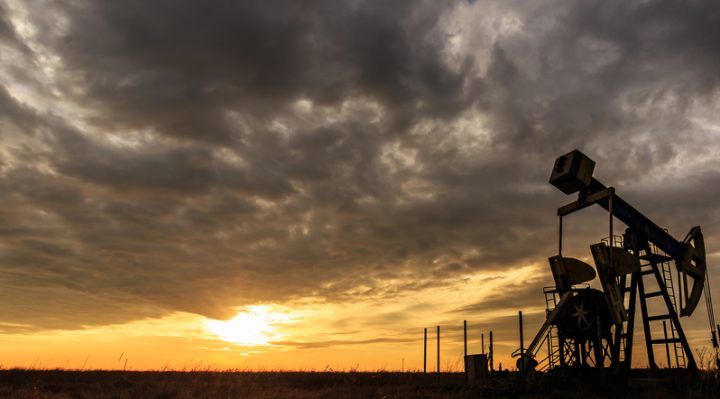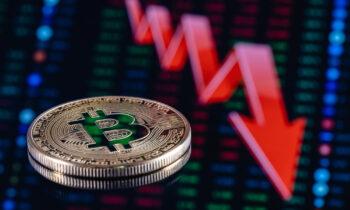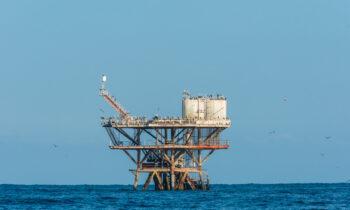
Despite an early surge in oil prices after Hurricane Zeta threatened oil production in the Gulf of Mexico, crude oil closed the week with a 10% loss.
Falling for a third consecutive day on Friday, the 1.56% decline in North American trading, means that crude oil prices are posting their worst monthly loss since March.
Baker Hughes U.S. Rig Count Rises Again
Pushing oil prices lower today was a flurry of bad news for the commodity. Importantly, the number of oil rigs in the United States increased weekly by 10 to 221. This makes the Baker Hughes U.S. rig count post a sixth consecutive week of gains. However, despite the rise, total oil and gas rigs in the United States are still down by 526 compared to this time last year.
Increased Oil Production
Elsewhere, a Reuters survey found OPEC oil output has increased for a fourth consecutive month in October. The 13 members of OPEC produced an average of 24.59 million barrels per day (bpd) in October, up 210,000 bpd from September’s output and a further move away from the three-decade low hit in June. However, Libya is one of the OPEC members exempted from a deal by OPEC+ to curb supply and a restart of more Libyan installations and higher Iraqi exports are offsetting the agreed production curbs from OPEC.
Adding more concern over increasing production was news on Friday of Western Europe’s Biggest Oilfield Set To Increase Production. The Johan Sverdrup oilfield in part of the North Sea controlled by Norway is set to increase its oil production this year after the Norwegian government raised the fourth quarter production permits.
Lundin holds 20 percent in the oilfield and its Chief Executive Alex Schneiter said on a call with analysts.
“During November, we will be further testing capacity at Johan Sverdrup, and we expect that we will be able to show that we can produce above 470,000 boed,”
Finally, as parts of Europe enter into lockdown once more, and the US COVID-19 infection rate soars, concerns over reduced demand continue to weigh upon investors.



